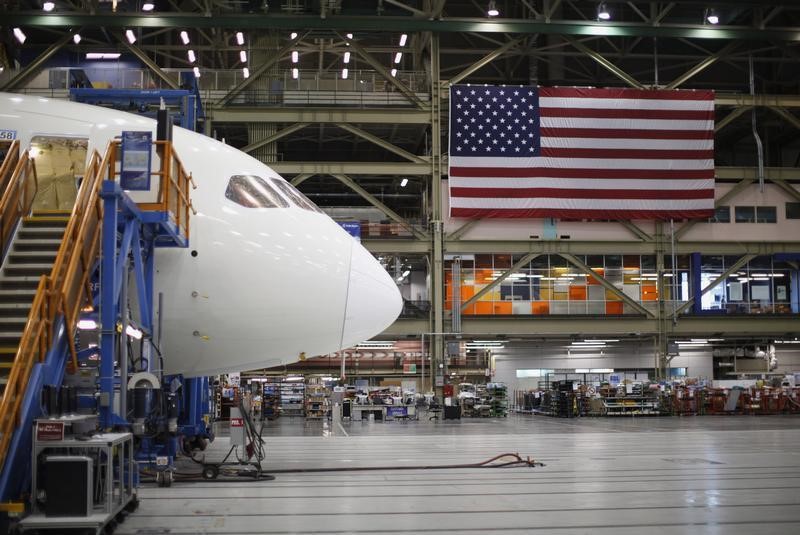© Reuters.
Boeing (NYSE:)’s highly anticipated VC-25B aircraft, set to become the next Air Force One, has encountered potential new setbacks. The United States Air Force is currently reassessing the delivery schedule for the new presidential planes, suggesting that there might be further delays beyond the already pushed-back dates of September 2026 and February 2027.
The reassessment comes in light of a third-quarter charge of $482 million reported in October by Boeing’s defense unit, which has increased the Air Force One-related losses to a staggering $2.4 billion. Boeing CEO Dave Calhoun has attributed these losses to rising costs within the VC-25B program and complex supplier negotiations. Despite these financial challenges, Calhoun emphasized the company’s commitment to delivering a high-quality final product.
The US Air Force is closely examining key milestones in the aircraft’s development, including the “power on” of the first aircraft scheduled for May next year and its maiden flight planned for November. Air Force spokeswoman Ann Stefanek acknowledged these ongoing evaluations and expressed a determination to minimize any additional delays through collaboration with Boeing.
A notable point of concern is the potential return of Donald Trump to the presidency and his previously stated preference for a livery redesign. Trump had expressed a desire to change the traditional blue-and-white color scheme to red, white, and blue, which could introduce further complications to the program should he regain office.
Boeing’s VC-25B project has been under scrutiny since a Pentagon review in June 2022 resulted in a two-year delay. The reassessment by the Air Force signals ongoing challenges that could affect not only the delivery timeline but also the final appearance and capabilities of the future presidential aircraft.
This article was generated with the support of AI and reviewed by an editor. For more information see our T&C.
Read the full article here





